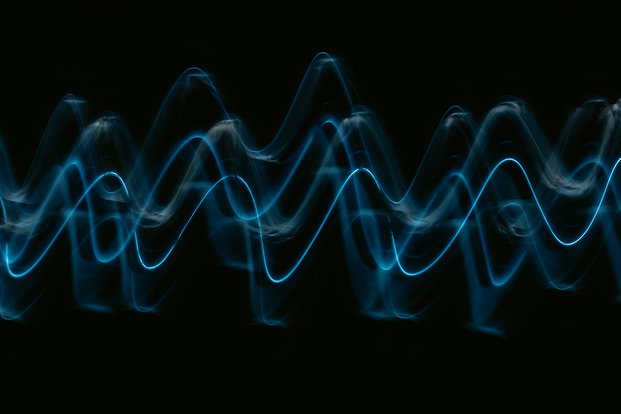Audio Signal Processing

We study the improvement of sound quality of audio systems, room and loudspeaker correction, sound field synthesis and virtual speaker technology and active noise control.
Room Correction and Sound Field Control
We investigate the design and analysis of digital filters for various audio reproduction application:
- Loudspeaker equalization and room correction, where the signal to a loudspeaker is filtered to improve the sound reproduction quality.
- Multichannel design, where a sound field is to be reproduced by the joint use of multiple loudspeakers.
- Analysis: How is the attainable performance affected by a given equipment, geometry and knowledge of the channels? How would the performance vary if we change the equipment and/or the geometry, or base the design on different prior knowledge?
The problems mostly constitute linear feedforward control problems, based on multiple measurements. We use very complicated high-order acoustic transfer functions that are partly unknown. To obtain new results, we utilize and further develop results on polynomial methods for linear control and filtering as well as on robust control and filtering.
Our research results have found applications in world-class high-end automotive audio systems, cinema audio processors and digitally optimized HiFi systems.
Psycho-acoustic Research
One characteristic of the design and analysis of audio signal processing system is that the ultimate criterion is not easily captured objectively: It constitutes a perceptual quality experienced by a listener, or a group of listeners. It is therefore crucial to investigate the perceptual results of various compensation and sound control schemes. Our aim is to better objectively characterize differences in subjective experience and to better capture the perceptual effect of different audio compensation schemes.
Active Noise Control and Personal Sound
In our research effort on active noise control, we investigate ways to use digital audio systems in cars and trucks also for active noise control: The bass loudspeakers of the sound system then produce anti-noise, which cancels low-frequency engine noise or road noise at the driver or passenger positions. This reduces the cost and complexity as compared to stand-alone solutions.
In this research we are using and extending previous results on controller design as well as on adaptive filtering.
Equipment
The Signals and Systems group has led the design and construction of an anechoic chamber, designed for both acoustic and radio-frequency measurements, at the Ångtröm Laboratory at Uppsala University. The chamber and measurement equipment was funded by the Knut and Alice Wallenberg Foundation. The chamber was finalized in 2009 and has a size of (LxWxH) 11.9 x 9.6 x 6.1 m. It constitutes a well damped environment in which experiments can be performed for the purpose of evaluating the effectiveness of different algorithms.
The audio equipment consists of sixteen active ATC loudspeakers, eight DPA microphones and two Prism Orpheus sound cards having in total eight inputs and sixteen outputs. The chamber, together with the equipment, thus constitutes an excellent testbed for conducting controlled acoustic experiments.
